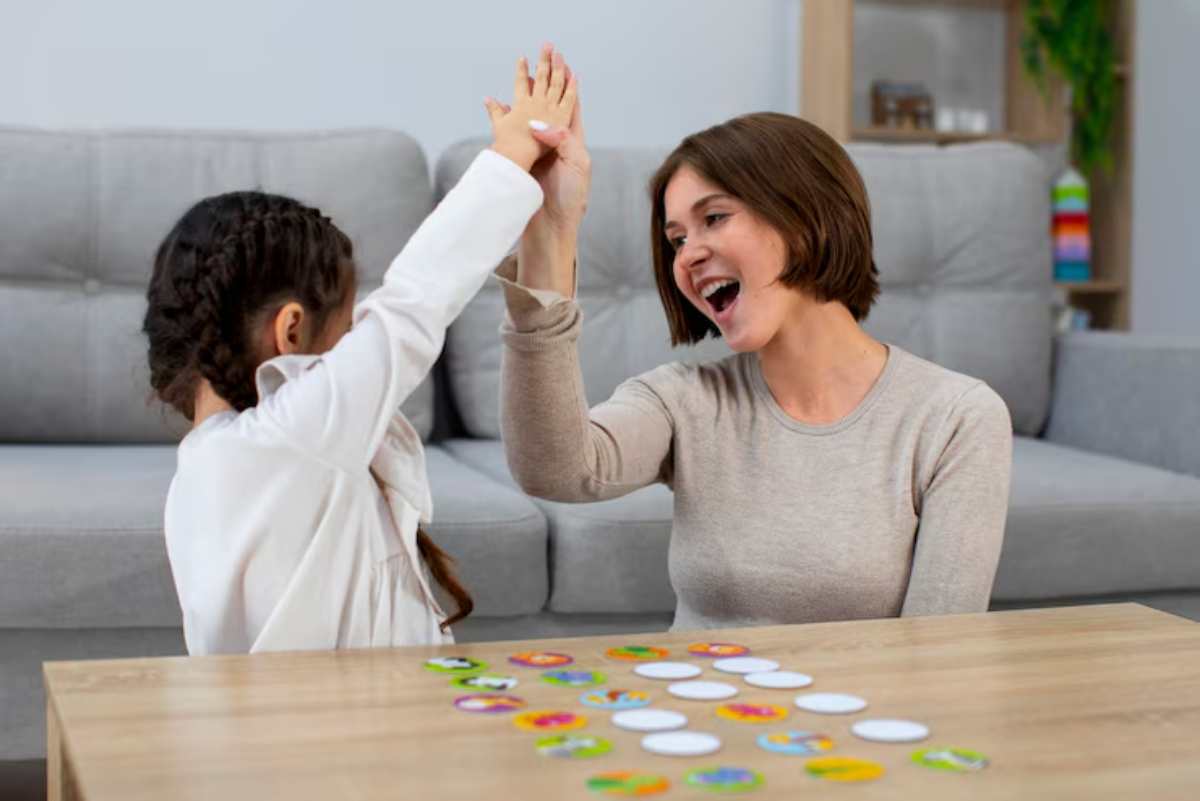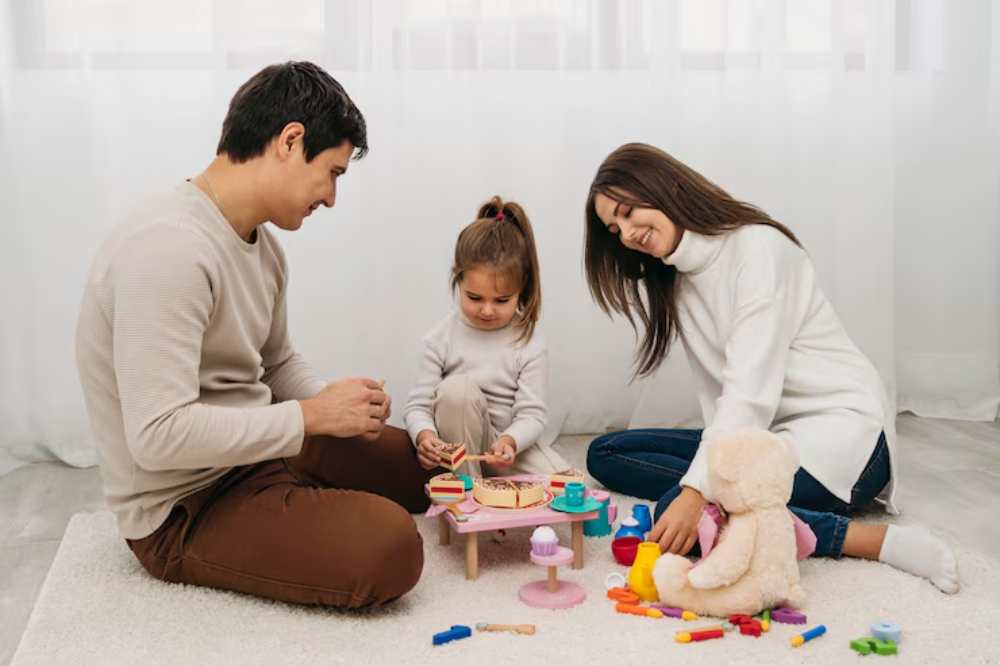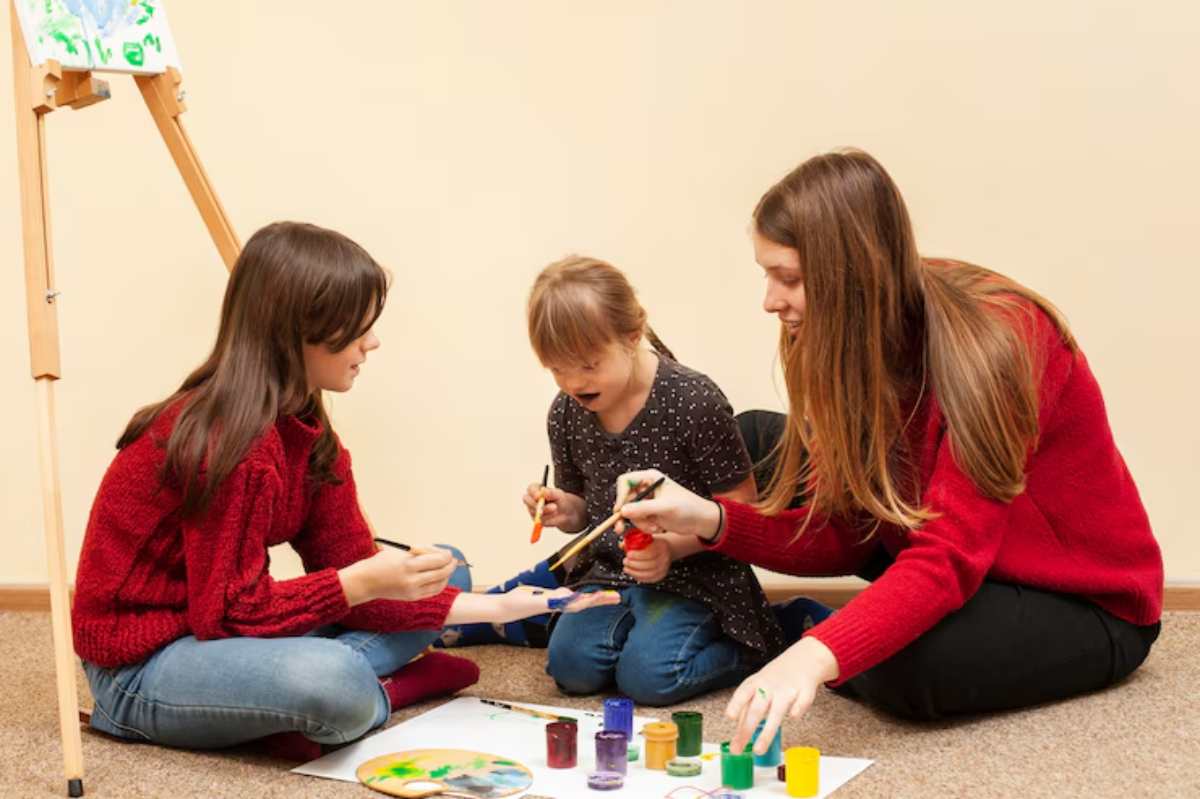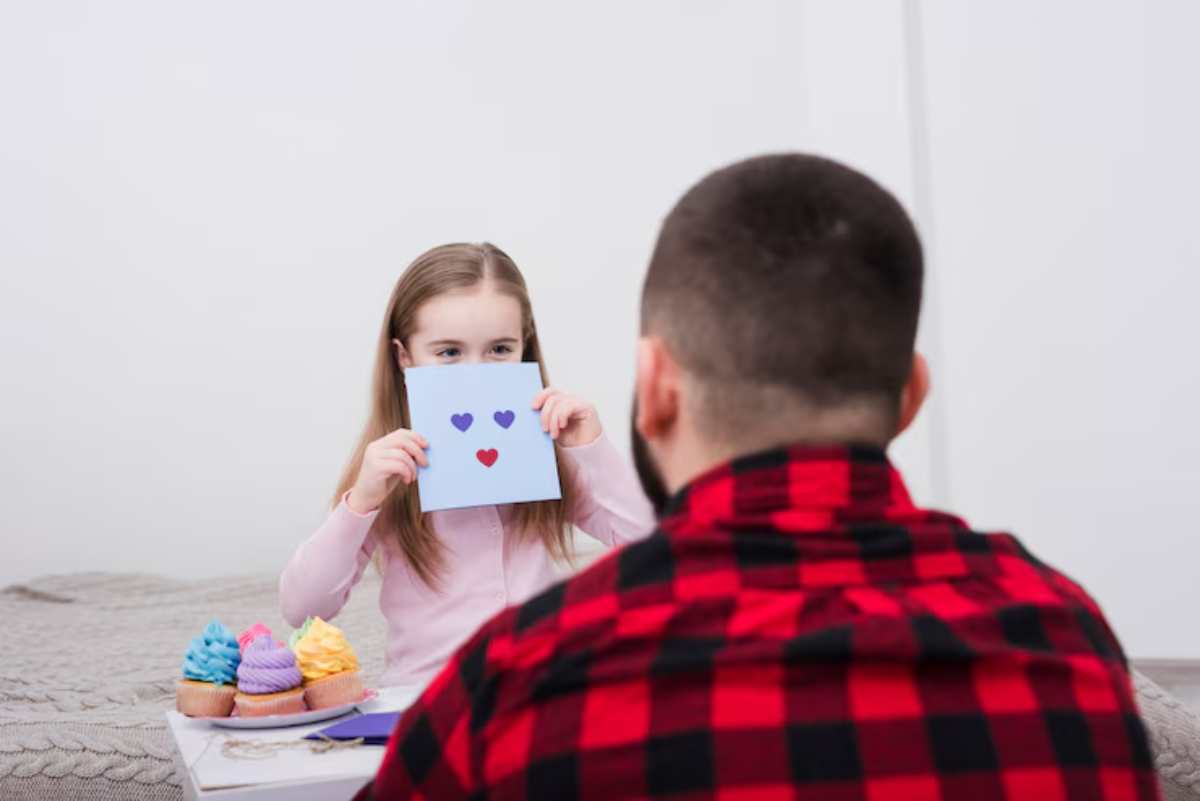
How to Encourage Positive Behaviour Without Rewards
Building positive behaviour is an aim of many parents and educators alike, but how do you do that without the use of rewards? Sticker charts and treats may work temporarily, but don’t tend to produce lasting change. To achieve lasting success, inspire intrinsic motivation and teach self-regulation.
This guide explains how to encourage good behaviour. It emphasises respectful approaches rooted in positive discipline. You’ll learn how to increase self-motivation, nurture teamwork, and aid your child’s growth—without using rewards.
Understanding the Core
Intrinsic motivation is key to promoting positive behaviour without rewards. It’s the inner drive to do what’s right simply because it feels right, not for a prize. When kids think about their actions, they build empathy and feel empowered. So, they are more likely to choose good behaviour on their own.
Why Relying on Rewards Can Backfire
Rewards may seem harmless, but research shows they can lower internal motivation over time. Children start focusing on what they’ll get instead of how their actions affect others. This can lead to manipulation (“What will I get if I do it?”) and undermine the development of responsibility and empathy.
The Role of Positive Discipline
Positive discipline focuses on teaching skills. It emphasises problem-solving, emotional regulation, and cooperation instead of just controlling behaviour. It’s not permissive—it’s about setting clear boundaries while maintaining respect and connection.
Quick Guide
- Focus on teaching, not controlling
- Create a safe, respectful environment
- Encourage effort, not just results
- Use natural and logical consequences
- Model the behaviour you want to see
Pro Tip: Use phrases like “I noticed you…” or “How did that make you feel?” to help children reflect on their actions rather than seeking praise or rewards.
Step-by-Step Guide

1. Build Connection First
Positive behaviour stems from a strong connection. Spend quality time with your child daily—even a few minutes of undivided attention can make a big difference. A child who feels seen and heard is more likely to cooperate.
2. Set Clear and Respectful Boundaries
Children thrive when they know what’s expected of them. Set age-appropriate limits using calm, confident language. Instead of saying, “Don’t hit,” try, “We use gentle hands.” Stay consistent without being harsh.
3. Focus on the Behaviour, Not the Child
Separate the action from the identity. For example, say, “That choice wasn’t safe,” rather than “You’re bad.” This encourages accountability while preserving self-worth.
Important Tip: Use non-verbal cues (a gentle touch on the shoulder, eye contact) as reminders before escalating to verbal correction.
4. Use Natural and Logical Consequences
Rather than inventing punishments or rewards, let real-world consequences teach the lesson. If a toy is thrown, it gets put away. If homework isn’t done, they might face a consequence at school. This approach helps children understand how their actions affect others.
5. Encourage Reflection
Ask open-ended questions to help children think about their actions and the impact. Questions like “What happened?” or “What could you do differently next time?” guide them toward problem-solving.
6. Reinforce Effort and Progress
Instead of praising results (“Good job!”), recognise the process: “You worked really hard on that,” or “You kept trying even when it was hard.” This fosters resilience and a growth mindset.
7. Model the Behaviour You Want to See
Children learn more from what you do than what you say. Show empathy, patience, and self-regulation in your interactions. When you make mistakes, own them and apologise. It sets a powerful example.
Important Notes
- Avoid shaming or sarcasm. These erode trust and can damage self-esteem.
- Don’t confuse discipline with punishment. Discipline is about teaching, not hurting.
- Children need time to internalise new behaviours. Be patient and consistent.
Pro Tip: Make family rituals, like morning check-ins or evening gratitude moments. They help create emotional safety and build a routine.
Best Practices and Additional Insights
Use Emotion Coaching
Help children name and validate their feelings. Saying “It’s okay to feel mad, but it’s not okay to hit” teaches emotional literacy and appropriate expression.
Practice Problem-Solving Together
Rather than issuing commands, invite collaboration: “How can we make mornings smoother?” This empowers kids to be part of the solution and builds responsibility.
Be Mindful of Age and Development
Young children have different emotional and cognitive abilities than teens. Tailor your expectations and strategies accordingly. What works for a four-year-old may not work for a twelve-year-old.
Create an Encouraging Environment
Avoid comparison and competition. Each child develops at their own pace. Celebrate unique strengths and progress.
Pro Tip: Use visual charts for routines (not rewards) so children can see what to expect. This promotes independence and reduces resistance.
FAQs
What if my child is used to rewards?
Transition slowly. Start by reducing the frequency and importance of rewards. Replace them with descriptive encouragement and opportunities for reflection. Over time, children learn to value the intrinsic rewards of positive behaviour.
Can this approach work for teens?
Yes. In fact, teens crave autonomy and respect. Positive discipline respects their growing independence while guiding them toward responsibility. Use calm communication, mutual agreements, and logical consequences.
How do I stay calm when behaviour is challenging?
Practice self-regulation strategies like deep breathing, stepping away, or using calming statements. Remember: your calm is contagious. Model what you want your child to learn.
Will my child stop behaving well without rewards?
Not if you help them internalise why good behaviour matters. When kids see how their actions affect others and feel appreciated, they want to act well. They don’t need outside rewards to stay motivated.
Are there any situations where rewards are okay?
Occasional celebrations (like a family pizza night after a long week) are fine as shared experiences, not as bribes. The goal is to ensure these moments don’t become the motivation for good behaviour, but rather a recognition of connection and effort.
Raising Self-Motivated, Respectful Kids

Encouraging good behavior without an incentive to do so isn’t a matter of toughening up kids. If certain things feel like more of a priority, that’s fine. Connect with your child to build character and confidence. Discipline respectfully & be consistent.
It takes time, but it pays off: self-propelling kids who are well-behaved. It’s not just because they want a treat; they understand why they do what they do.


